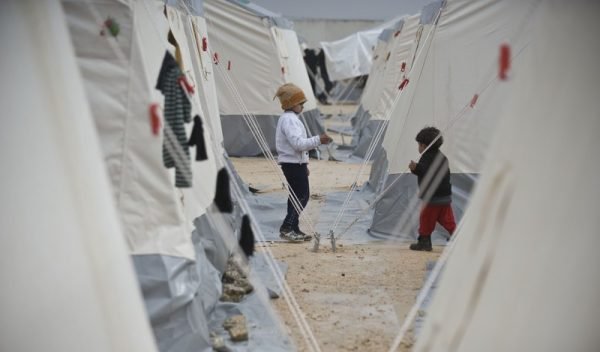
Whether as tents, sleeping bags or blankets in disaster management - textiles protect lives.
Earthquakes, fires, floods, refugee disasters - whenever humanitarian aid is urgently required, tents, cots, sleeping bags and blankets are urgently needed as emergency measures to alleviate people's suffering. They need a roof over their heads as quickly as possible, a shelter from heat, cold or rain. In addition to tent shelters, however, numerous special textiles are also used in disaster control in medical care.
The demands placed on these products are many and varied:
Tents in disaster controlmust be durable and storable under a wide range of climatic conditions. Only robust products can be erected and dismantled quickly, can be disinfected and can be cleaned with simple means. At the same time, they must be permanently resistant to wind, UV radiation, extreme rain, dirt, germs or the use of disinfectants, as well as meeting fire protection requirements.
Ebola, SARS, Corona: cleanliness and protection against infection are top priorities when using special textiles. Tents and medical materials must always be cleaned after contact with infected persons. Reusability is also sustainable here. However, this can only be achieved if the materials are manufactured to be suitably robust and durable.
To achieve this, special chemicals are used in the manufacture of textiles, such as fluorocarbon resins. These meet all requirements and offer the highest level of protection for helpers and people in need. Within the framework of the EU chemicals policy, proceedings are currently underway to ban these auxiliaries for the production of special textiles. However, there are currently no alternatives for these applications to ensure a wash-resistant water, oil, chemical, dirt and blood repellent finish at the same time. The protection of those in need of protection is therefore in danger!
Finden Sie hier weitere interessante Inhalte